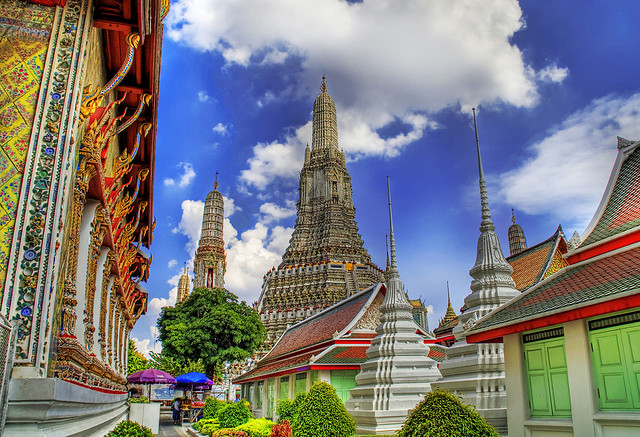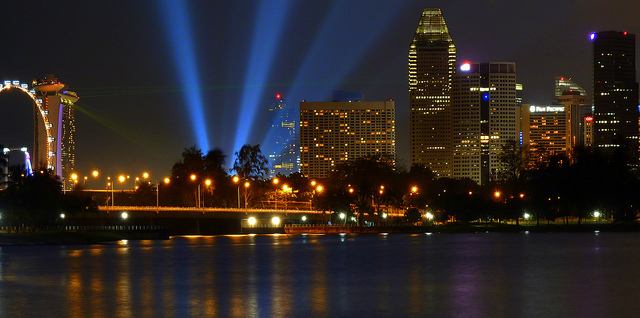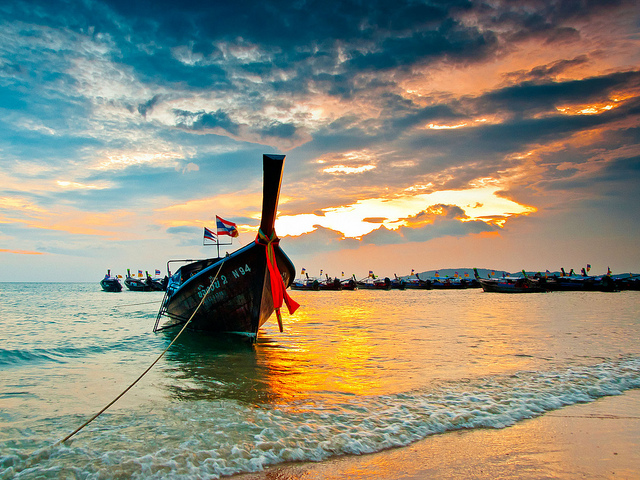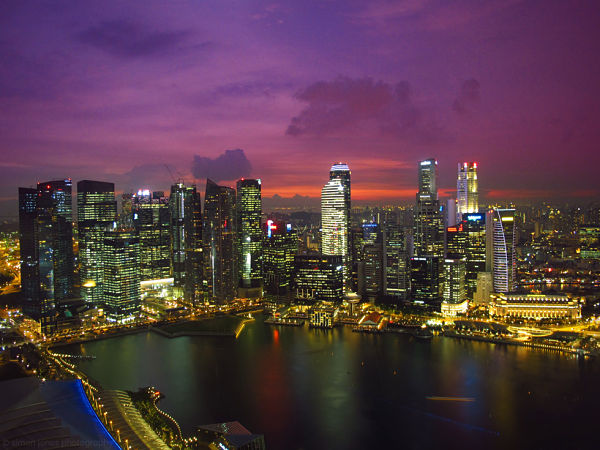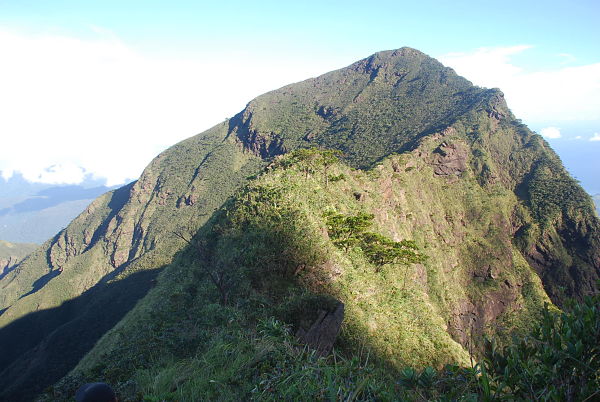There’s no arguing that the world’s two largest temple complexes dedicated to Hindu deities and Buddha are a marvel in themselves and deserve special pilgrimage because of their religious value, historical significance and aesthetic appeal. Beyond these ancient engineering wonders, however, await a smattering of other architectural interests that hold the same wonder and allure and are worthy of pilgrimage, even just as an afterthought.
Below is a compilation of “side trips” you may want to tick off your boxes after you have melted at the sight of Angkor Wat and Borobudur.
Few very societies are truly egalitarian, let alone matrilineal. In Western Sumatra, Indonesia, Minangkabau daughters inherit land and other property from their mothers, and participate in any decision-making, from the affairs of the homes to the affairs of the state. The nucleus of this female-centric society is a bull-horn-roofed clan house where families gather during special occasions and important meetings, and around where daughters are expected to build their own homes.
The elaborately decorated temples and houses in the town of Luang Prabang are a UNESCO World Heritage Site recognized for its elegant fusion of Lao traditional and French colonial architecture. The townscape is remarkably preserved, found in the confluence of two mighty rivers, the Mekong and Khan.
(Photo by John Haslam)
The Pink City of India was founded in early 18th century and already displayed foresight of an urban area with its wide boulevards and grid patterns. Beyond urban design, however, Jaipur is well-known for its pink facade, first painted as such in late 19th century to welcome Edward VII, then Prince of Wales.
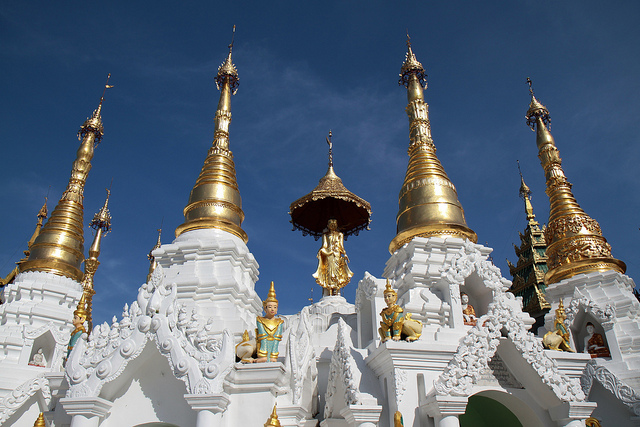
The Shwedagon Pagoda in Yangon (former capital) is not only grand, it is also very old. At 2,500 years old, the pagoda is easily the repository of Burmese heritage, although the pagoda itself is an early Pyu (indigenous inhabitants) architecture. What makes the Shwedagon Pagoda a real jewel though, is not just its unbelievable longevity, but also its blinding diamonds – 4,531 of them – that adorn the “stupas” or mound-like structures that contain sacred relics related to Buddha. Interestingly, this structure has a replica, the Uppatasanti Pagoda in Naypyidaw, the new capital of Myanmar.
Temple fatigue easily sets in in Thailand and Cambodia. But very few people suspect that the same thing can happen to visitors in Burma. In Bagan, Myanmar along the banks of the Irrawaddy River, dot some 3,000 pagodas across 30 square miles. Built around 1057 until 1287, the Myanmar junta has been restoring these structures, albeit with little regard to copy the original.
